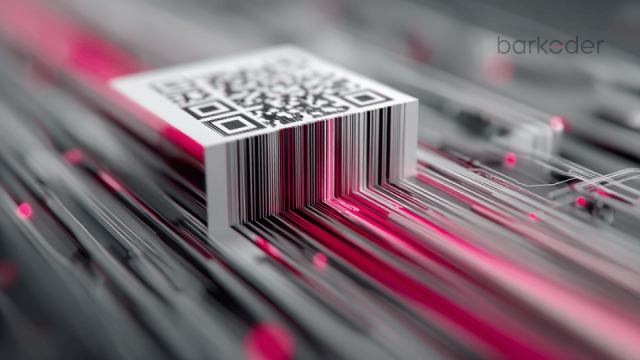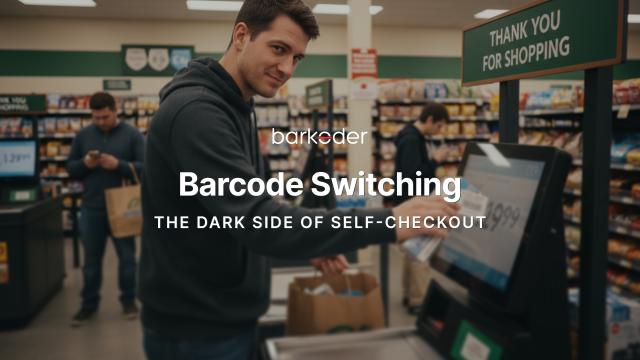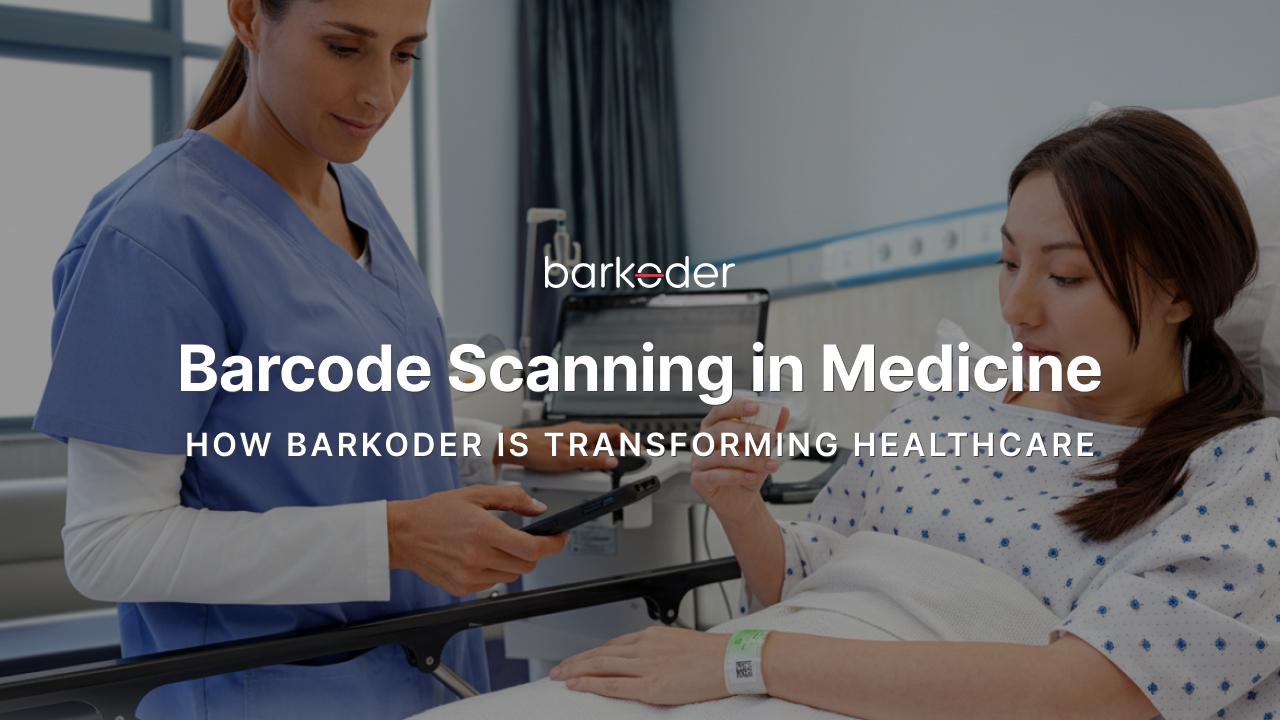
The Power of Barcode Scanning in Medicine
When you walk into a hospital or a pharmacy today, chances are that barcodes are working silently behind the scenes to save time, reduce errors, and even save lives. The use of barcode technology in healthcare is no longer a luxury—it has become a necessity. With advanced solutions like barKoder Scanner, the medical industry now has faster, more reliable, and customizable tools for scanning and data management.
In today's fast-paced healthcare environment, where quick decisions can greatly impact lives, barcodes help maintain order and accuracy. They provide a common system for tracking, identifying, and managing important information across different healthcare processes.
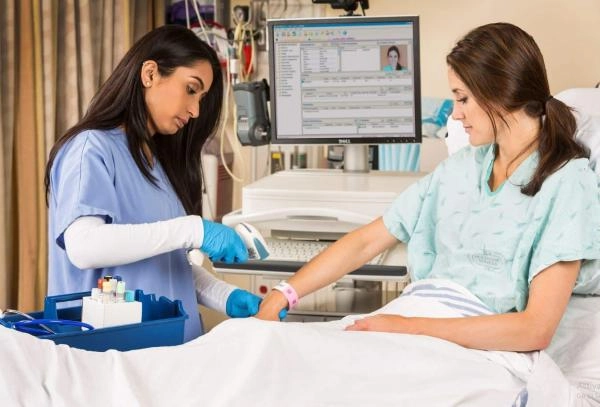
Why Barcodes Matter in Healthcare
According to the World Health Organization, medication errors harm 1 in 10 patients worldwide. These mistakes often result from manual entry or mislabeling. Barcodes provide a simple but powerful solution: by encoding critical information (like patient ID, medicine type, or dosage), they ensure accuracy at every step.
Barcodes play a critical role in blood transfusion management, serving as a vital safeguard to ensure patients receive the correct blood type. This technology significantly enhances patient safety by providing a robust system for verifying blood compatibility. The process involves a meticulous two-step verification: healthcare providers scan both the barcode on the blood bag and the patient's wristband before administering any transfusion. This dual-scanning approach allows for a thorough cross-reference between the blood product and the patient's specific blood type and transfusion requirements.
By implementing this barcode-based system, healthcare facilities can enhance their medication administration protocols, ultimately leading to improved patient outcomes and a higher standard of care. Furthermore, this technology not only ensures accuracy but also provides a digital trail for each medication administration, allowing for better tracking and accountability in healthcare settings.
Statistics to highlight:

Hospitals that implemented barcode scanning systems reduced medication errors by up to 86%, significantly improving patient safety and reducing risks associated with incorrect prescriptions or wrong dosages. By ensuring that each medication is matched with the correct patient through barcode verification, healthcare providers have been able to build greater trust, lower treatment costs, and improve overall efficiency in hospital workflows.
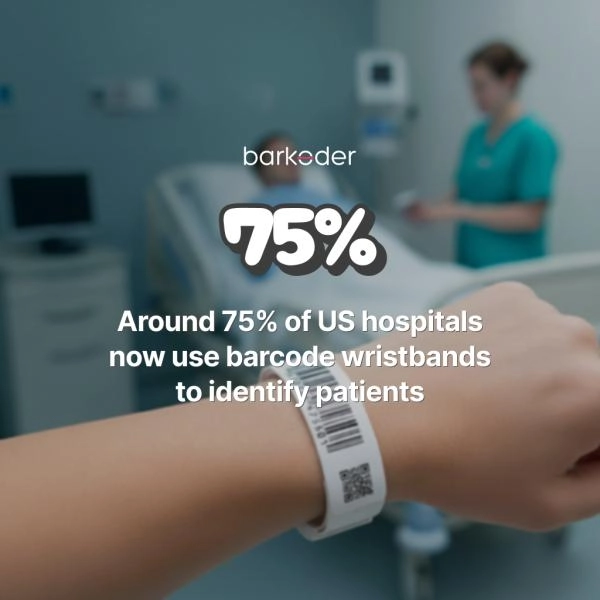
Around 75% of US hospitals now use barcode wristbands to identify patients, a practice that has become a cornerstone of modern patient safety protocols. By scanning the wristband before administering medication, conducting tests, or performing procedures, healthcare staff can instantly confirm the patient’s identity and match it with the correct medical records. This reduces the risk of misidentification, minimizes human error, and ensures that every patient receives the right treatment at the right time. The widespread adoption of barcode wristbands highlights how technology can directly improve both the quality of care and the trust patients place in healthcare institutions.
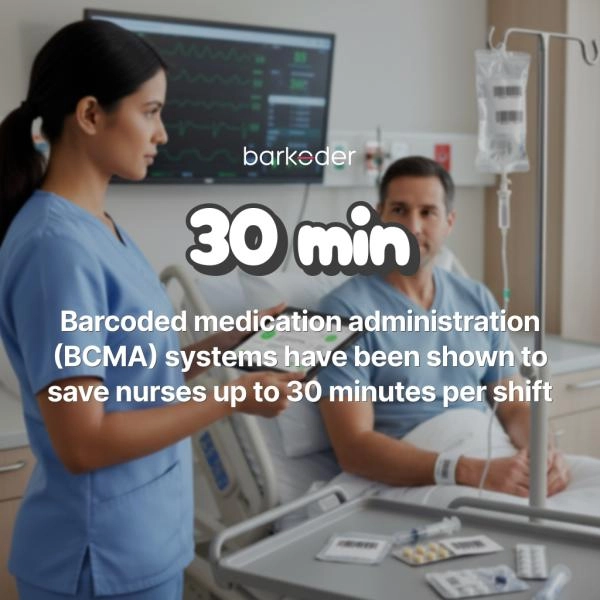
Barcoded medication administration (BCMA) systems have been shown to save nurses up to 30 minutes per shift by streamlining the verification and documentation process. Instead of manually checking and recording each medication, nurses can quickly scan the barcode on both the patient’s wristband and the medication package to confirm a match. This not only reduces paperwork but also minimizes interruptions, allowing nurses to dedicate more time to direct patient care. Over the course of weeks and months, these time savings add up significantly, improving workflow efficiency, lowering stress levels among staff, and ultimately enhancing the overall quality of care provided to patients.
How barKoder Scanner Fits In
Unlike traditional hardware scanners, barKoder Scanner is a software-first solution that can be embedded directly into mobile apps, tablets, and even web browsers. This flexibility makes it an ideal fit for healthcare organizations where devices are diverse and mobility is essential.
Use cases in medicine with barKoder:
Patient Identification – Scanning wristbands at admission to ensure correct records.
Medication Tracking – Every vial, syringe, or package has a barcode. barKoder ensures correct dosage and prevents drug mix-ups.
Inventory Management – Pharmacies and hospital supply rooms can scan and track stock in real time.
Laboratory Samples – Blood tests, biopsies, and lab samples are barcoded to avoid dangerous mislabeling errors.
Vaccination Campaigns – Scanning vaccine vials to record batch numbers and expiration dates.
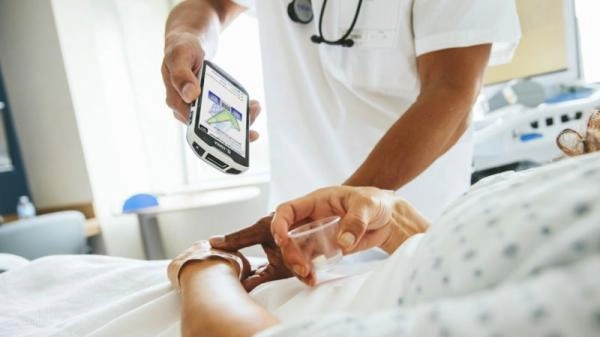
The Technical Edge
barKoder Scanner offers features that make it stand out for healthcare use:
High performance scanning: Works even on damaged, small, or poorly lit barcodes.
Wide symbology support: From QR codes to DataMatrix, used in medical packaging.
Offline-first functionality: Hospitals can scan even without constant internet access.
Integration flexibility: Works across Android, iOS, Linux, Windows, and Web.
Real-World Scenario
Imagine a busy emergency ward. A patient arrives unconscious, wearing a barcode wristband issued at triage. A nurse scans it using a tablet running Barkoder. Immediately, the correct patient record appears: allergies, medications, blood type. Meanwhile, the pharmacy receives a barcode order for pain medication, ensuring that the right drug, in the right dose, reaches the right patient—fast.
This is not science fiction. This is barcode-driven healthcare, already happening today.
Future Outlook: Barcodes Beyond 2025
The global healthcare barcode technology market is expected to surpass $5.5 billion by 2027. With rising demand for patient safety, cost efficiency, and digital transformation, solutions like barKoder will continue to play a vital role.
In the near future, we might see 2D barcodes storing entire patient histories, or combined use of blockchain and barcodes for ultra-secure medical records. barKoder’s adaptability makes it ready for this shift.
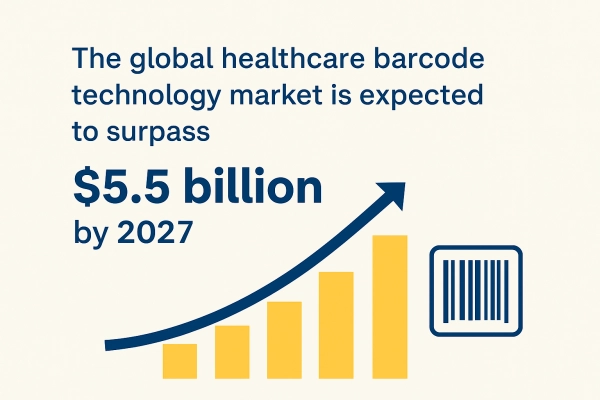
Final Thoughts
From reducing medication errors to optimizing hospital workflows, barcode scanning is saving lives. With barKoder Scanner, healthcare providers gain a powerful tool that is:
Easy to integrate
Cost-effective
Reliable across platforms
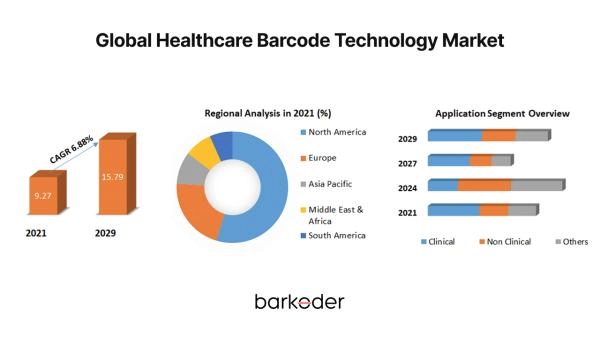
Barcodes may look simple—but in medicine, their impact is profound.
How barcodes are utilized in labs





